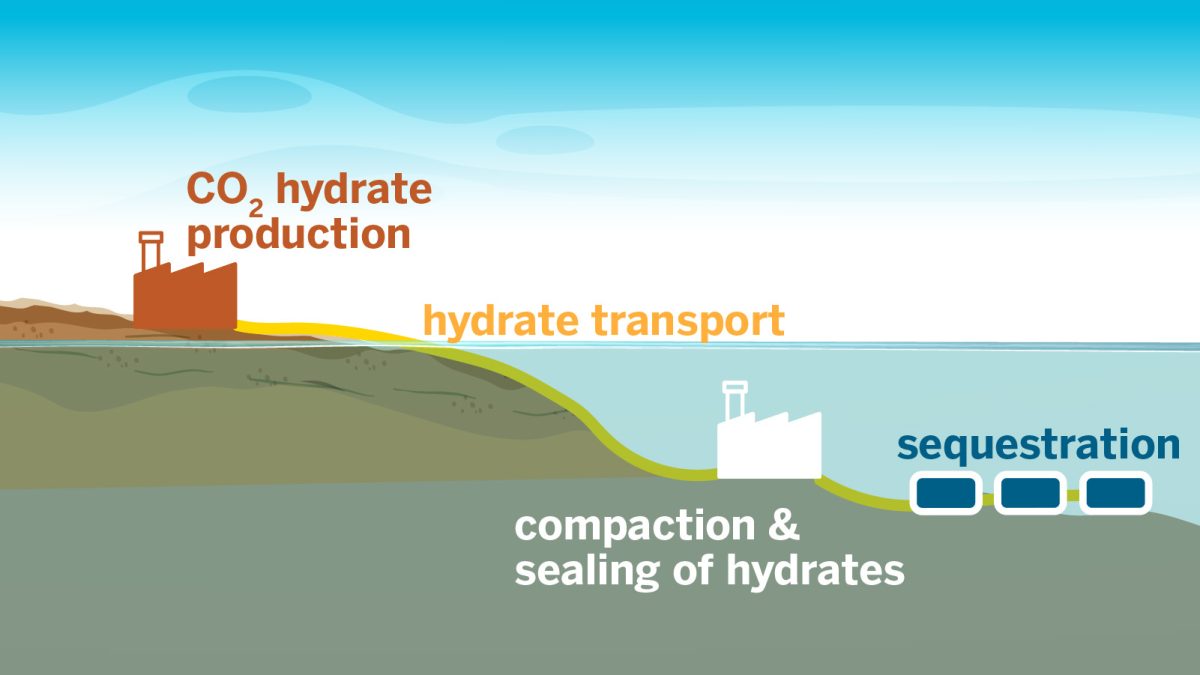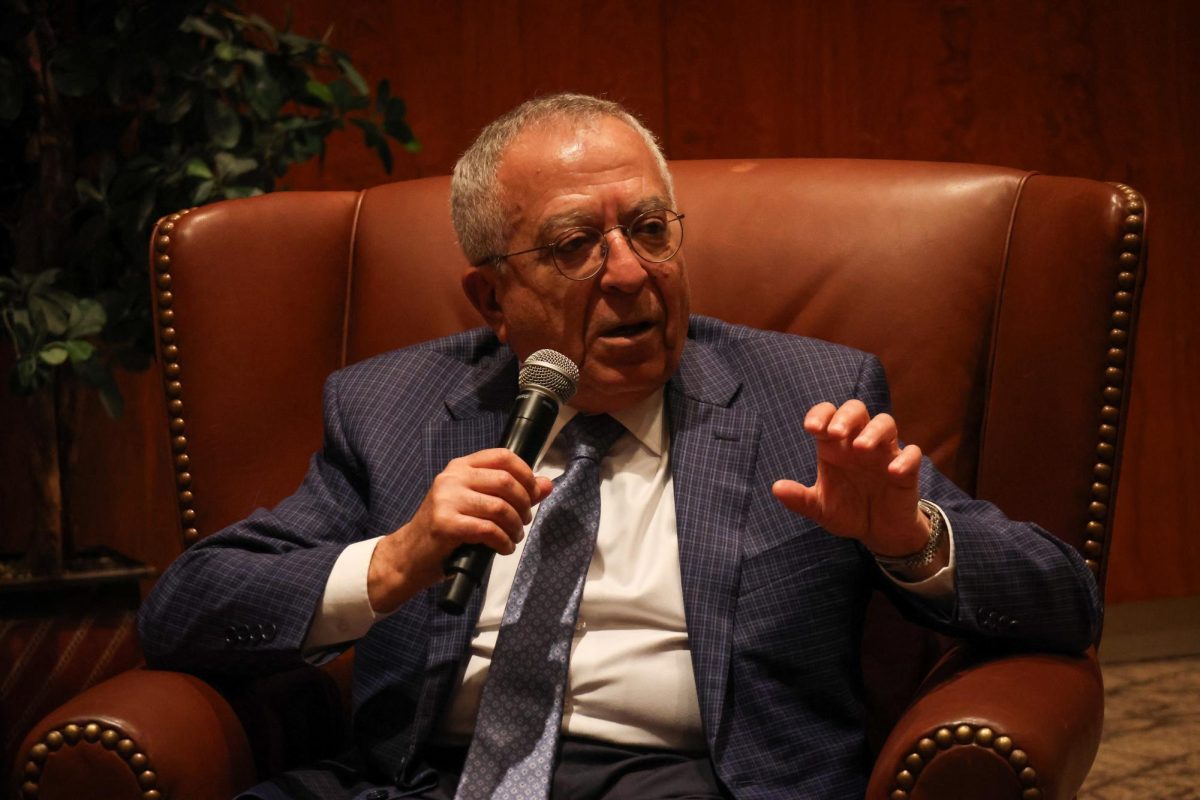UT engineers shared their findings on a more efficient way to store carbon in a research paper published July 8 in ACS Sustainable Chemistry & Engineering. The method can be used in more parts of the world than current carbon storage technology, lessening the impacts of climate change worldwide.
Vaibhav Bahadur, associate professor of mechanical engineering, said his graduate research team and other science experts have worked on this carbon storage method for the past five years. Their process involves putting carbon from the air into hydrates, which are solids made of carbon dioxide and water, and storing it inside ocean floors. The process uses no chemical accelerants and can prevent carbon leakages compared to other carbon sequestration methods.
Bahadur said popular methods, such as injecting carbon into the ground, require a specific type of soil. This is a problem because soil varies geographically and not all soil absorbs carbon. Their new method stores carbon in the ocean, broadening the reach of carbon capture globally.
“The number one issue facing humanity is climate change,” Bahadur said. “There are many other issues, but everything pales in comparison to climate change, what it can lead to and how it can impact not just people in the U.S. but pretty much everywhere. We do need solutions to climate change, and carbon capture sequestration is the insurance policy.”
According to the paper, the team increased hydrate production sixfold, meaning carbon can be stored quickly to lessen the effects of climate change. Mark Hamalian, a doctoral mechanical engineering student, said that although the team’s method works, more needs to be done to address global warming.
“(Our method) can effectively be one of the many tools (to combat this problem, but) anything with climate change is so complicated,” Hamalian said. “We are past the point that one solution will fix it all.”
Awan Bhati, lead author of the paper, said the world’s current carbon capture and storage capacity is between 40 to 50 megatons. To achieve the Paris Agreement’s goal, which calls for net-zero carbon emissions worldwide by 2050, Bhati said 10 to 40 gigatons of carbon need to be captured and stored per year. One gigaton is equivalent to 1,000 megatons. This is a triple magnitude difference, which calls for the creation of more innovations, he said.
“We need more and more technologies (to combat climate change) in case things go really south,” Bhati said. “(There are) six to seven billion people on the planet, (so) it can be done when the motivation is there. We need to be ready for if and when the time comes.”
Bahadur said he and his team are commercializing their technology and have already presented it to companies in the oil and gas industry. He said he’s looking forward to seeing the impacts his team’s research will have on humanity.
“I would count this as one of my best projects, best papers and best research over my career, and I’ve been doing this for 20 years now,” Bahadur said. “I’m definitely very proud of it (and) this is just getting started.”















